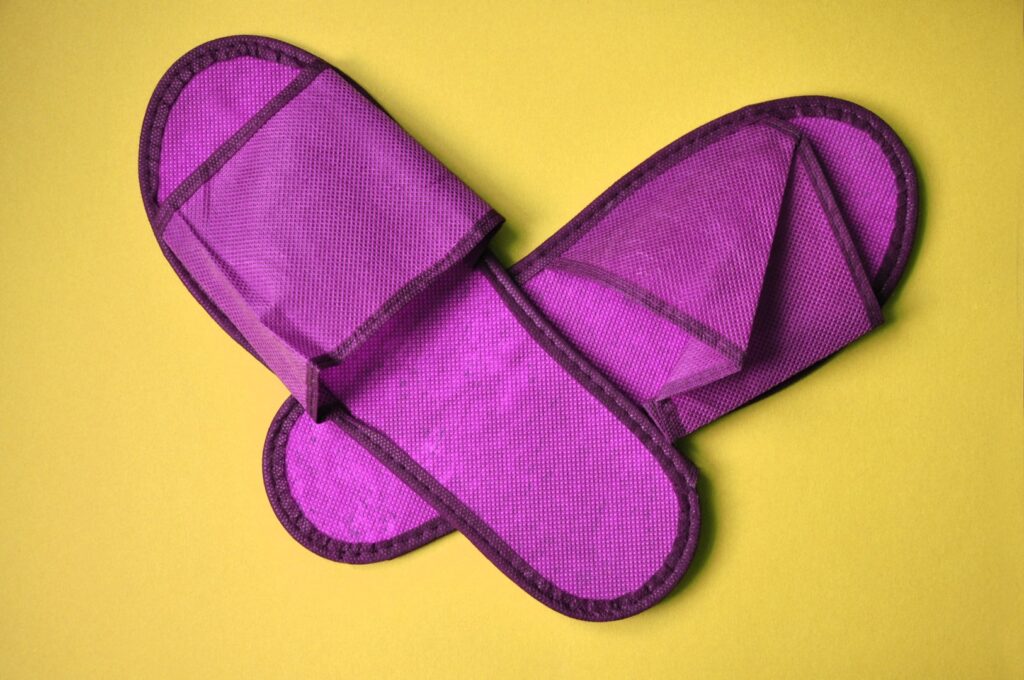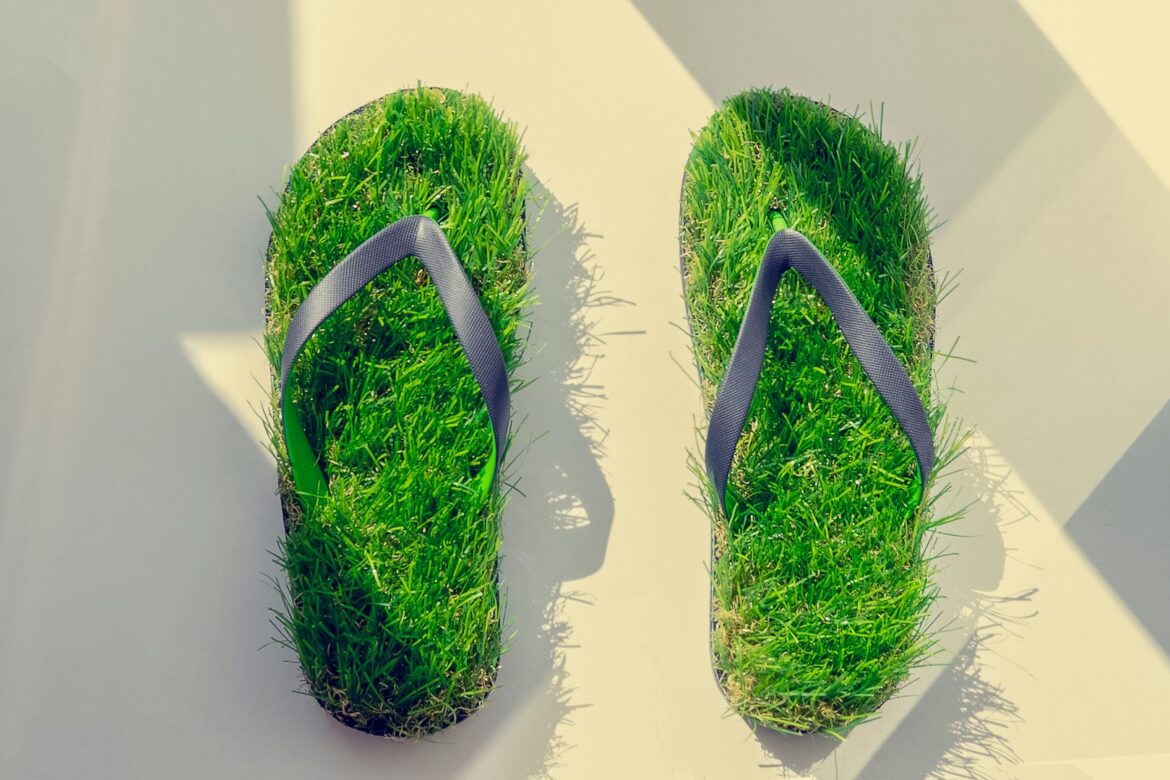The fashion industry has witnessed a growing interest in sustainability and eco-friendly practices. One area that has seen significant progress is sustainable footwear. As consumers become more conscious of the environmental impact of their choices, they are seeking alternatives to traditional footwear that are both stylish and sustainable. In this blog post, we will explore the concept of sustainable footwear, its significance in the fashion industry, and the various eco-friendly choices available to consumers. We will delve into the materials, manufacturing processes, and innovative technologies that make sustainable footwear a viable option for a greener future.

1. The Environmental Impact of Traditional Footwear
Before we dive into sustainable alternatives, it is important to understand the environmental impact of traditional footwear. The production of conventional shoes often involves the use of harmful chemicals, excessive water consumption, and carbon emissions. Additionally, the disposal of these shoes contributes to landfill waste. By embracing sustainable footwear, we can minimize these negative effects and make a positive change.
2. Understanding Sustainable Footwear
Sustainable footwear refers to shoes that are designed and manufactured with the environment in mind. It involves utilizing eco-friendly materials, adopting ethical manufacturing practices, and implementing innovative technologies to reduce the overall carbon footprint. These shoes are made to last longer, minimize waste, and be recyclable or biodegradable at the end of their life cycle.
3. Eco-friendly Materials for Sustainable Footwear
A crucial aspect of sustainable footwear is the materials used in its production. Many sustainable shoe brands are turning to recycled materials such as recycled plastics, rubber, and fabrics, which help reduce waste and utilize existing resources. Other popular eco-friendly materials include organic cotton, hemp, cork, and plant-based alternatives like pineapple leaf fibers (Piatex) and apple leather. These materials not only reduce environmental impact but also offer unique textures and aesthetics to the shoes.
4. Ethical Manufacturing and Fair Trade Practices
Sustainable footwear also emphasizes ethical manufacturing processes. Brands committed to sustainability often ensure fair labor practices, safe working conditions, and fair wages for their workers. They prioritize transparency in their supply chain, supporting local artisans and communities while reducing the environmental impact associated with mass production.
5. Innovative Technologies for Sustainable Footwear
Advancements in technology have played a significant role in shaping sustainable footwear. From 3D printing to waterless dyeing techniques, these innovations minimize waste, energy consumption, and the use of harmful chemicals. Some companies are even exploring biodegradable and compostable shoe options, pushing the boundaries of sustainability in the footwear industry.
6. Embracing Sustainable Fashion: Consumer Choices
As consumers, we have the power to drive change in the fashion industry. By making conscious choices and supporting sustainable footwear brands, we can contribute to a greener future. Researching brands that prioritize sustainability, opting for timeless designs and high-quality shoes that last longer, and considering second-hand or upcycled options are some ways to make eco-friendly choices.

Sustainable footwear represents the future of fashion and our commitment to preserving the planet. With the fashion industry’s increasing focus on sustainability, more options are becoming available for consumers who want to make eco-friendly choices without compromising style. By supporting brands that prioritize sustainability, we can collectively reduce the carbon footprint of the footwear industry and create a positive impact on the environment. Let’s step into a greener future with sustainable footwear. In conclusion, sustainable footwear is not just a passing trend; it is the future of fashion. As consumers become more aware of the environmental impact of their choices, the demand for eco-friendly alternatives continues to grow. By embracing sustainable footwear, we can make a significant contribution to reducing waste, conserving resources, and promoting ethical practices within the fashion industry. With the wide range of materials, manufacturing processes, and innovative technologies available, consumers now have the power to make eco-friendly choices without compromising on style. Let’s walk towards a greener future, one step at a time.

